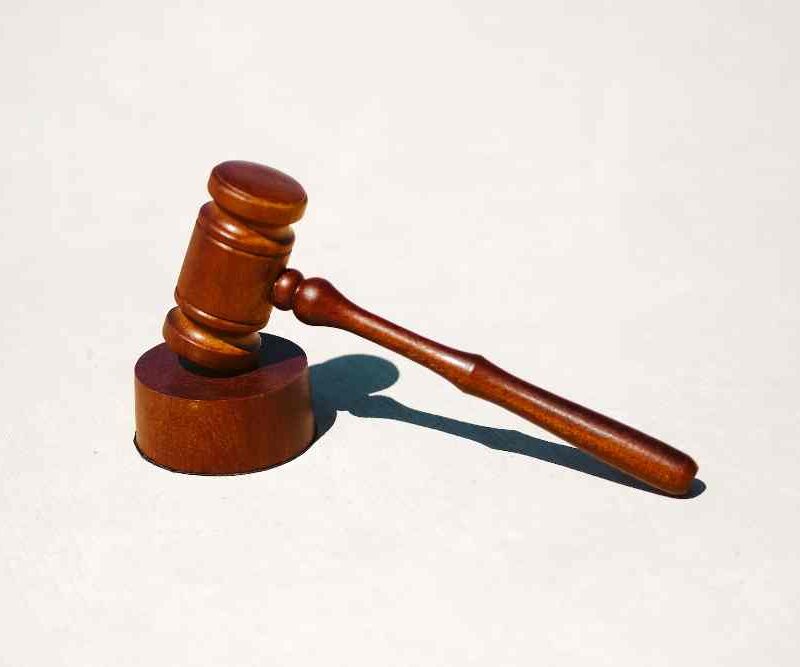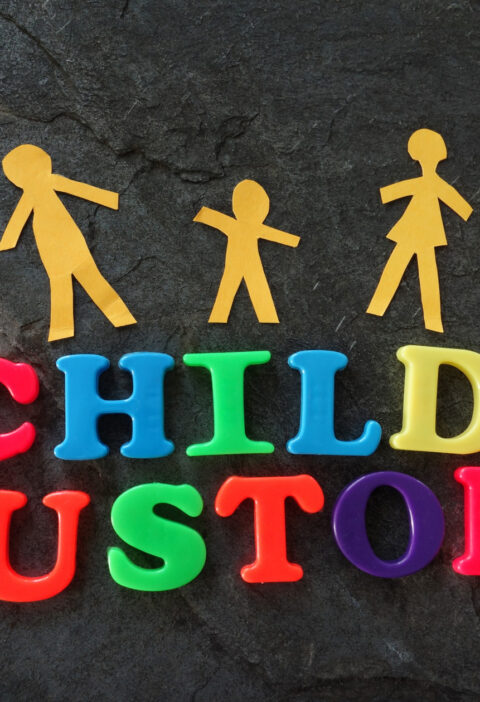Personal injury law, often referred to as tort law, is a vital area of the legal system that allows individuals who have been harmed—physically, emotionally, or financially—due to another party’s negligence or intentional conduct to seek compensation. Whether it’s a car accident, medical malpractice, or a slip and fall, personal injury law plays a key role in helping victims recover and hold responsible parties accountable.
What Is Personal Injury Law?
Personal injury law governs legal disputes that arise when one person suffers harm from an accident or injury, and someone else might be legally responsible for that harm. The legal system permits the injured party to seek compensation from the at-fault party through a civil lawsuit.
Unlike criminal law, which involves government prosecution for breaking the law, personal injury cases are typically private disputes between individuals or organizations. The goal is not to punish the wrongdoer with jail time but to make the injured party “whole” again by providing financial restitution.
Common Types of Personal Injury Cases
There are many scenarios where personal injury law applies. Here are some of the most common types:
- Motor Vehicle Accidents: The most frequent source of personal injury claims, these involve cars, motorcycles, trucks, bicycles, and pedestrians.
- Slip and Fall Accidents: Property owners have a legal obligation to maintain safe premises. If they fail to do so and someone gets hurt, they may be liable.
- Medical Malpractice: When a healthcare professional’s negligence causes injury or death, victims or their families may pursue compensation.
- Workplace Accidents: While most work injuries are covered under workers’ compensation, in some cases, a personal injury claim may be appropriate.
- Product Liability: Manufacturers can be held accountable when defective products cause harm.
- Assault and Battery: Although often criminal in nature, victims can also sue in civil court for damages.
Elements of a Personal Injury Claim
To successfully bring a personal injury lawsuit, the plaintiff (injured party) must typically prove four essential elements:
- Duty of Care: The defendant owed a legal duty to the plaintiff.
- Breach of Duty: The defendant breached that duty through negligence or wrongful conduct.
- Causation: The breach of duty directly caused the plaintiff’s injuries.
- Damages: The plaintiff suffered actual harm or losses as a result.
If all four elements are established, the plaintiff may be entitled to compensation.
Types of Damages Awarded
Damages in personal injury cases are typically classified into two main categories:
- Compensatory Damages: These are meant to reimburse the injured party for actual losses. They include:
- Medical expenses
- Lost wages
- Pain and suffering
- Property damage
- Loss of enjoyment of life
- Punitive Damages: These are less common and are awarded in cases involving gross negligence or intentional misconduct. Their purpose is to punish the wrongdoer and deter similar behavior in the future.
The Role of Negligence
Negligence is at the heart of most personal injury cases. It refers to the failure to act with the level of care that a reasonable person would have exercised under the same circumstances. Examples include a driver texting while driving or a store owner ignoring a wet floor.
Some jurisdictions also apply comparative negligence rules. This means that if the plaintiff is partially at fault for the injury, their compensation may be reduced proportionally.
The Personal Injury Claims Process
While every case is unique, most follow a similar path:
- Medical Treatment: The injured party should seek medical attention immediately.
- Consultation with a Personal Injury Attorney: A legal professional can help assess the case and determine the best strategy.
- Investigation and Evidence Collection: This may include witness statements, medical records, police reports, and photos.
- Demand Letter: A formal request for compensation is sent to the at-fault party or their insurance company.
- Negotiation: Many cases are settled before going to court.
- Filing a Lawsuit: If no settlement is reached, the case proceeds to litigation.
- Trial and Verdict: A judge or jury decides the outcome if the case goes to trial.
Statute of Limitations
Every state has a deadline—called a statute of limitations—for filing personal injury lawsuits. These range from one to six years, depending on the jurisdiction and type of case. Failing to file within this window can result in losing the right to sue.
Choosing the Right Personal Injury Lawyer
Selecting a qualified personal injury attorney is crucial. Consider the following:
- Experience with similar cases
- Track record of success
- Communication and transparency
- No-win, no-fee arrangements (contingency fee basis)
A skilled lawyer can greatly improve the chances of a favorable outcome by navigating the legal system and negotiating effectively with insurance companies.
Final Thoughts
Personal injury law serves as a cornerstone of civil justice, providing a pathway for victims to recover compensation and move forward with their lives. Whether you’re dealing with a minor injury or a life-altering catastrophe, understanding your rights and the legal process is the first step toward justice.
If you’ve been injured and suspect another party is at fault, don’t delay. Consult a knowledgeable personal injury attorney to evaluate your case and protect your legal rights.







